The views expressed in our content reflect individual perspectives and do not represent the authoritative views of the Baha'i Faith.
Sixty-five years before 25-year-old Ahmaud Arbury was chased and killed by armed white men while jogging in a Georgia neighborhood; before Breonna Taylor, a 23-year-old woman from Kentucky was killed after police fired more than 20 rounds of ammunition into her apartment; and before 46-year-old George Floyd was killed after a police officer knelt on his neck for eight minutes and forty-six seconds — Emmet Till, a 14-year-old black teen from Chicago was killed in Money, Mississippi after a white woman lied and said he whistled at her.
My mother, Deborah Dwyer, was 10-years-old at the time of Till’s killing on August 28, 1955, and living in her hometown of South Bend, Indiana, 70 miles east of Chicago. She recalls seeing the photos of Till in his casket on the covers of The Chicago Defender, Ebony, and Jet magazines. “I thought it was totally terrifying because what he was accused of — whistling — wasn’t anything unusual,” she says.

The image of Till’s dead body shocked the United States — his death sparked Rosa Parks’ refusal a few months later to give up her seat on a bus in Montgomery, Alabama, which led to the bus boycott that lasted throughout 1956. That same year, however, as the Library of Congress put it, “a group of Southern senators and congressmen signed the ‘Southern Manifesto,’ vowing resistance to racial integration by all ‘lawful means.’”
It was within this context that in 1957 the annually elected administrative council, the National Spiritual Assembly of the Baha’is of the United States, designated the second Sunday in June as Race Amity Day — which became known as Race Unity Day in 1965. Indeed, the oneness of humanity is at the heart of the Baha’i Faith. Baha’u’llah, the prophet and founder of the Baha’i Faith wrote in the 19th century that “The well-being of mankind, its peace and security, are unattainable unless and until its unity is firmly established.”
And at a time when cell phone video of the modern-day lynching of George Floyd spread worldwide; when hundreds of thousands of people are marching in the streets demanding racial equality and justice; when black people continue to be denied jobs, housing, access to quality health care, fresh food, effective schools, and clean air — and when black parents fear for the lives of their children and themselves — Race Unity Day feels more necessary than ever.
The Baha’i writings say we should cast “away once and for all the fallacious doctrine of racial superiority, with all its attendant evils, confusion, and miseries.” And Baha’u’llah, said that black people are like “the black pupil of the eye surrounded by the white. In this black pupil is seen the reflection of that which is before it, and through it the light of the spirit shineth forth.”
It matters to me that my inherent nobility as a black woman is a spiritual concept and not up to the opinions of others who would deny me rights because of the color of my skin. And when I reflect on my choice to be a Baha’i, it matters to me that race unity is explicitly championed throughout the Baha’i writings.
I also know that I might not be a Baha’i if not for Race Unity Day.
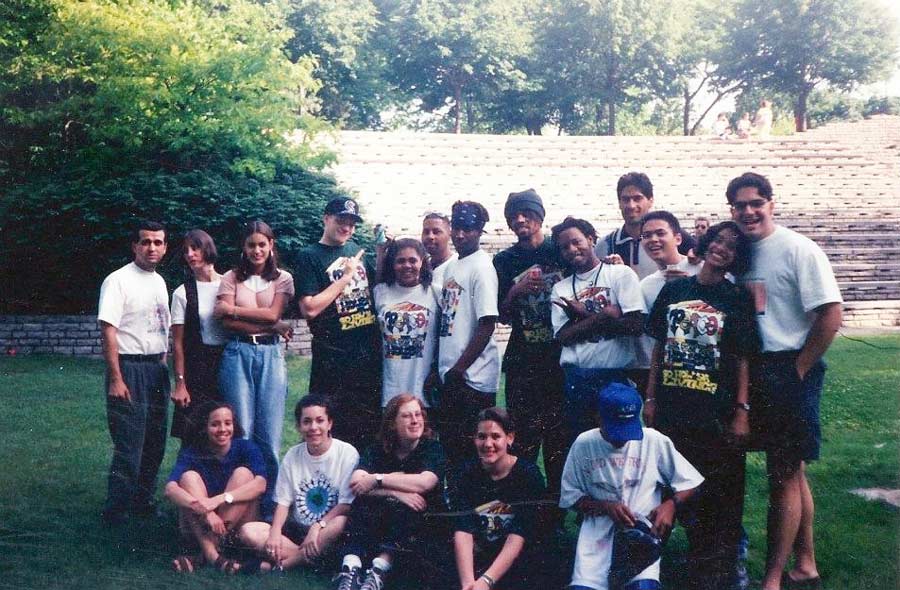
I’m not a Baha’i just because my parents are — Baha’is believe in the independent investigation of truth and I chose this faith for myself. But I might not have ever heard about it if my mother hadn’t attended a Race Unity Day event in June 1961 when she was 16.
She had already heard the word “Baha’i” because a local civil rights activist and the first black dentist in South Bend, Dr. Bernard Streets became a Baha’i in 1952.
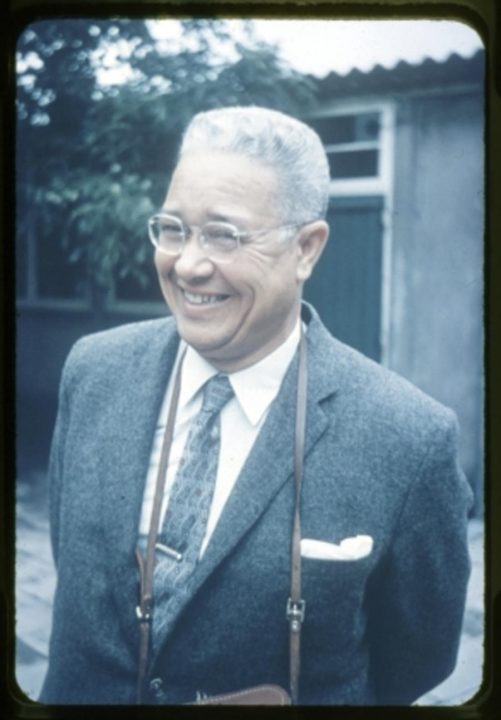
“He was a friend of my father’s,” my mom says. “I knew he was a Baha’i, but I didn’t know anything about the Baha’i Faith.
That all changed when two high school friends who also happened to be Baha’is, African American twins Andre and Tony Rachel, invited her to a Race Unity Day gathering at Potawatomi Park.
“I went to the event because we were all friends. We were all in the orchestra. It was just a social thing — the black people who played string instruments” she says. “I wasn’t interested in the Baha’i Faith.”
But a speaker at the gathering talked about the unity of humanity, the oneness of God, and the unity of all religions. “That was the first thing that made me think that there was really something about the Baha’i Faith — that I want to know about that,” she says.
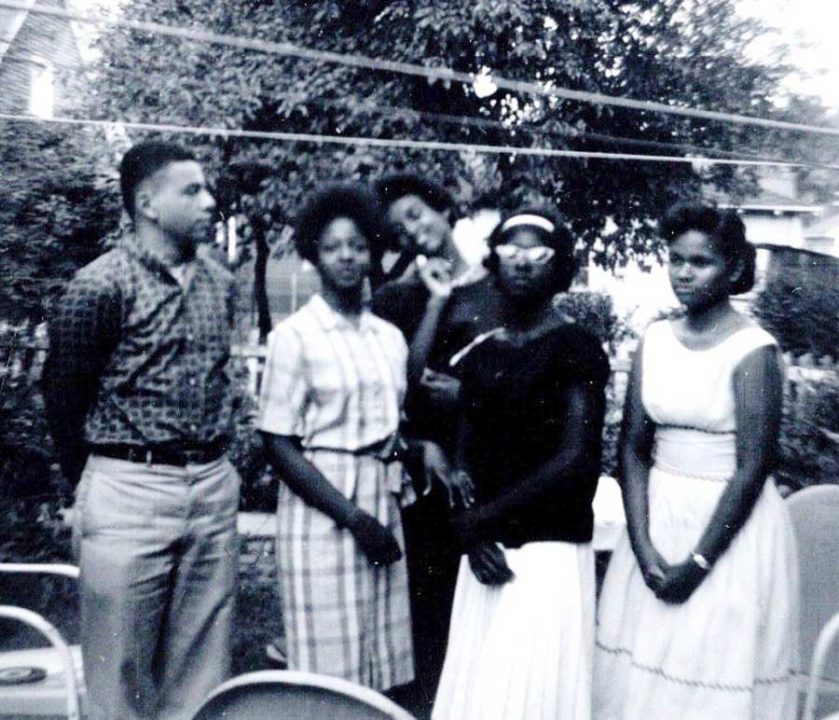
Baha’u’llah wrote that we should “Let deeds, not words, be your adorning.” And my mother says that race unity in action is what she saw happening in the park that day — a gathering that took place a mere month after the Ku Klux Klan began attacking the Freedom Riders in Alabama.
“The thing that struck me about this picnic as far as race unity was that it was demonstrated — I could see it,” she says. “There were black and white people of all ages in attendance. And when I saw it, I thought, this is how it’s supposed to be.”
She didn’t go to any other Baha’i events, but “I never forgot it,” she says. “When my dad died, I had talked with him the night before he died — I was at the hospital with him. And he said to me very specifically, ‘If there’s something you know that you need to do or want to do, you better do it right now.’ He said ‘because you don’t know how long you have.’”
After her father’s death on October 1, 1971, my mom went back to Champaign, Illinois where she was living with her Irish American husband — my dad — and my brother and sister. “I looked up the Baha’i Center,” she says. She became a Baha’i just a few weeks later on November 20, 1971.

It’s been more than 60 years since the first Race Unity Day was observed in June 1957. Usually, Baha’i communities hold annual celebrations like that initial one my mom attended, bringing black and white Americans, as well as folks from all other racial and ethnic backgrounds, together in a spirit of genuine friendship and fellowship. With white supremacy seeking to cast its shadow over our lives, the power of a racially integrated gathering — people of all colors standing together, holding meaningful conversations, side-by-side in a spirit of love — can’t be underestimated.
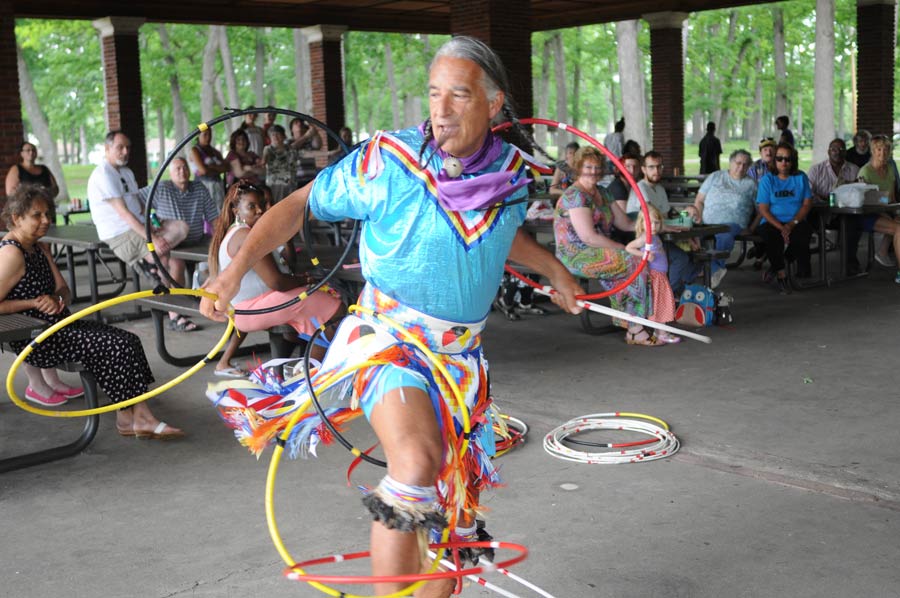
This year, however, because of the coronavirus and the social distancing measures required, those kinds of Race Unity Day gatherings won’t be possible in most places. But as our history and our current suffering shows us, we’ve been practicing racial social distancing for a long, long time.
Baha’u’llah wrote “So powerful is the light of unity that it can illuminate the whole earth.” If each of us takes action — conscious, deliberate, and sustained action — we’ll get ever closer to that unity.
We don’t have to be at a celebration in a park to commit to cleansing our hearts of any trace of the racial prejudice that killed Emmett Till, Ahmaud Arbery, Breonna Taylor, George Floyd, and too many other black men, women, and children in this nation. Our choices can bring about race unity every single day. Take action, take action, take action.


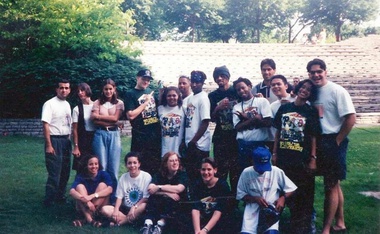







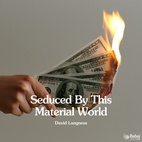
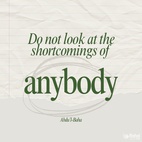
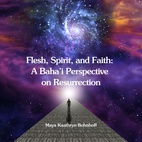
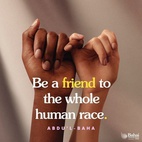
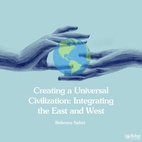

Comments
Sign in or create an account
Continue with Googleor